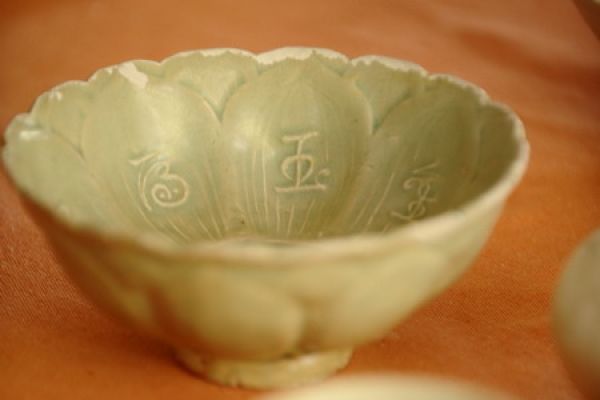
In 1997, three international experts published a book that showed how Vietnam’s ceramic tradition stands out on its own, independent of a thousand years of Chinese domination.
Such independence was remarkable, considering the exalted position China’s ceramic has enjoyed in the history of pottery, the authors said.
John Guy from Victoria & Albert Museum, London, John Stevenson from Seattle Art Museum, and Louise Cort from Smithsonian Institution gathered their expertise as well as inputs from experts in France, Japan and Vietnam to bring out the book called “Vietnamese Ceramics: A Separate Tradition.”
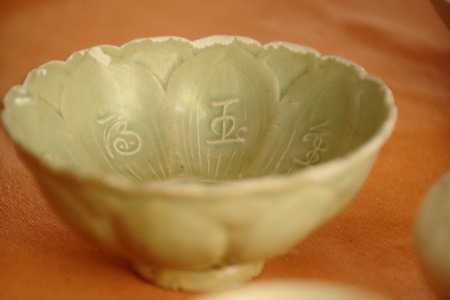
It showed how the art had emerged and prospered in Vietnam, its production methods and attitudes differing distinctly from those of China.
It said Vietnam has one of the most sophistication ceramics traditions among Southeast Asian countries, but it has never been studied properly.
Tran Dinh Son, one of few local researchers of the country’s ceramics, agreed with the international experts, saying few people are aware that Vietnamese ceramics has the power of representing the country’s distinctive culture.
He said Vietnamese ceramics production started years after a millennium of Chinese domination ended in 938 CE, so the impact of the giant neighbor was “not much.”
The 63-year-old man has been traveling the country since the 1970s, when he was in his 20s, and now keeps more than 200 ceramics antiques that he plans to exhibit this March at the house of his great-grandfather, an official under the Nguyen Dynasty, Vietnam’s last ruling family. The exhibition will be shown at 114 Mai Thuc Loan Street, Hue.
Son said he chose the venue as there are few people in central Vietnam that know about the development of Vietnamese ceramics over four centuries of the Ly and Tran dynasties, when the tradition bloomed the most.
The lack of knowledge caused people to give little importance to ceramics, and Son managed to gain many items, traveling between Hue and Ho Chi Minh City with his late teacher Vuong Hong Sen (1902-1996) – a scholar, culture researcher and antique collector respected for his great knowledge of southern Vietnam.
In hindsight, the collector said, the lack of fame was actually an advantage as it saved ceramics items from being “drained” out of the country, and to be now preserved by a number of local collectors like painter Thanh Chuong in Hanoi and collector Nguyen Van Dong in Ho Chi Minh City.
“Luckily, our neighbor China underestimated Vietnamese ceramics, considering theirs the quintessence of the art, so little of Vietnam was taken to China,” Son said.
The French and the Japanese, during their time in Vietnam starting in the 1880s, were the first foreigners to notice Vietnamese ceramics and are keeping several Vietnamese items at their museums.
Son said Vietnamese ceramics flourished after Ly Cong Uan, or Ly Thai To – the first king of the Ly Dynasty, moved the capital to Thang Long (present-day Hanoi) from the nearby Ninh Binh Province in 1010, and started a long stable era in the country’s history. This was several decades after a major victory on the Bach Dang River ended 1,000 years of Chinese domination in 938.
With the moving of the capital, there was a high demand for new household and decorative objects for the royal family and their mandarins and the like, which gave a boost to the ceramics tradition that had been keeping a low profile among ordinary residents, he said.
Ly Cong Uan was born at a pagoda, where he was adopted when he was three. As a devotee of the Buddha, he decided to choose Buddhism as the theme of the country’s ceramics, also as a national religion, in an effort to limit or eliminate the influence of Confucianism left over from the long years of Chinese domination.
Before then, Confucianism had affected mostly royal family members, instead of ordinary residents. Thus the latter helped develop a Vietnamese ceramics tradition with very little Chinese influence, Son said.
Historical records show Ly Cong Uan had eight new pagodas built the first year he moved the capital. A large number of ceramics bowls, plates, pots and others followed.
The distinctive patterns made each ceramic item produced under the Ly Dynasty (1009-1225) a symbol of Buddhism.
Lotus flowers, people offering flowers or water, birds – all Buddhism images, were carried into ceramics objects at the time, he said.
Son said Vietnamese ceramics under the Ly have a vigor and simplicity missing in Chinese pieces, possibly because of Buddhism influences. “They are not as sparkling as Chinese ceramics but they would not stop charming the eyes.”
He keeps many big bowls with sophisticated lotus patterns at the bottom, which he surmises must have been used for drinking tea, not eating, as the patterns were to be looked at and admired when one drank something.
Le Thiet Cuong, a local artist who had a painting of a Vietnamese old ceramics bowl displayed at his first overseas exhibition in Singapore in 1995, said Ly ceramics is “more about art than utility.”
Cuong said the little object can tell how big and strong Vietnamese people can be, how strong Vietnamese culture can be.
“After one thousand years of being dominated, the Vietnamese people did not lose themselves. Art made us, it found us,” he said, noting the little bowl provides strong evidence of this.
Son said Ly ceramics were light and gentle, with small and thin supports. But that changed during the reign of the following Tran Dynasty (1225-1400) when the structure as well as the patterns started to look stronger.
Bowl supports were bigger, decorative dragons looked more muscular, and the motifs had to do more with wrestlers, martial artists and warriors, he cited examples, noting that this might be because the Tran King was from a fishing and military family.
Ly ceramics used mainly ivory-white and celadon glaze, but Tran developed brown flowers.
Son said there is a heaven-and-earth difference between ceramics of those times and contemporary forms of the tradition, due to the glaze that cannot be obtained through the current mass production that uses electronic or gas ovens.
Making ceramics the old way required an experienced person to look out at the kiln. It would be a very expensive process now, he said.
“No one would buy a contemporary ceramics object that is so expensive.”
thanhniennews

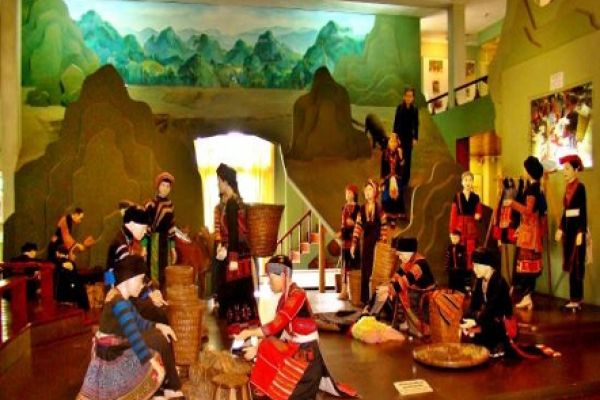
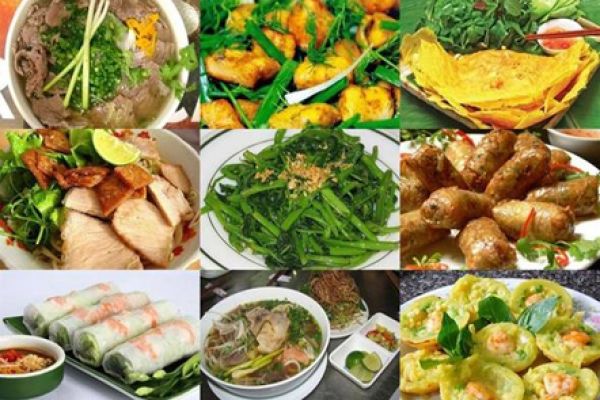
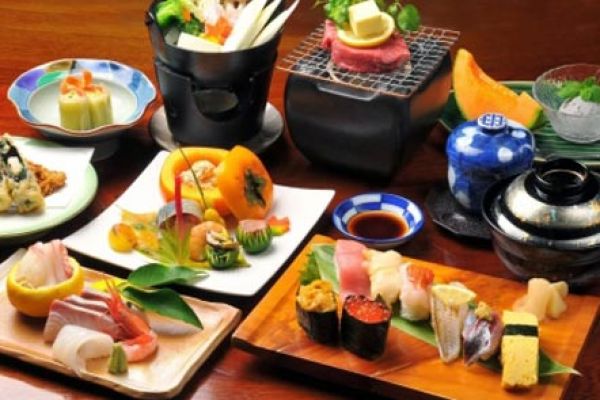

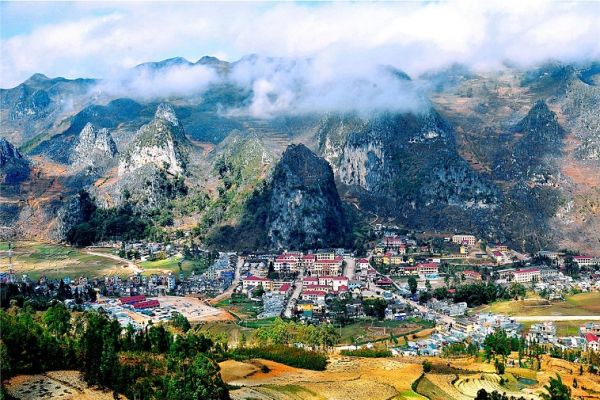
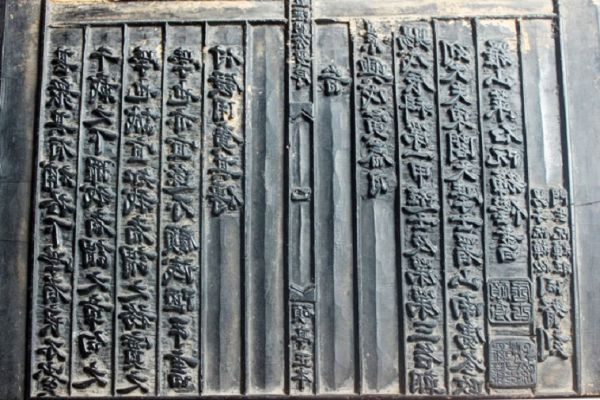



(84-63) 3 826042 – (84-63) 3 511142
No 54 Nguyen Dinh Chieu, Ham Tien Central Mui Ne Beach Binh Thuan Vietnam
523 To Hien Thanh District 10 Ho Chi Minh City Vietnam
Ha Long Halong City Quang Ninh Vietnam
A13 Hung Thong 2 Halong City Quang Ninh Vietnam




